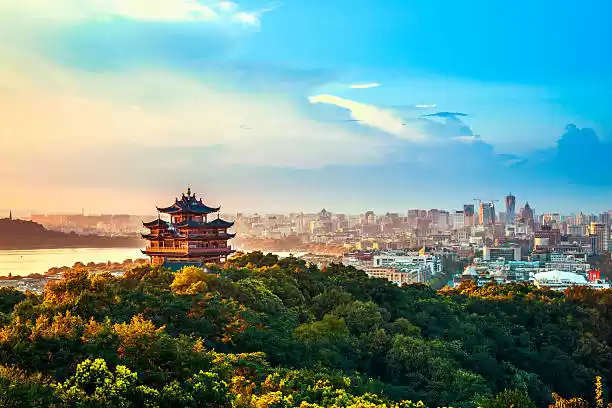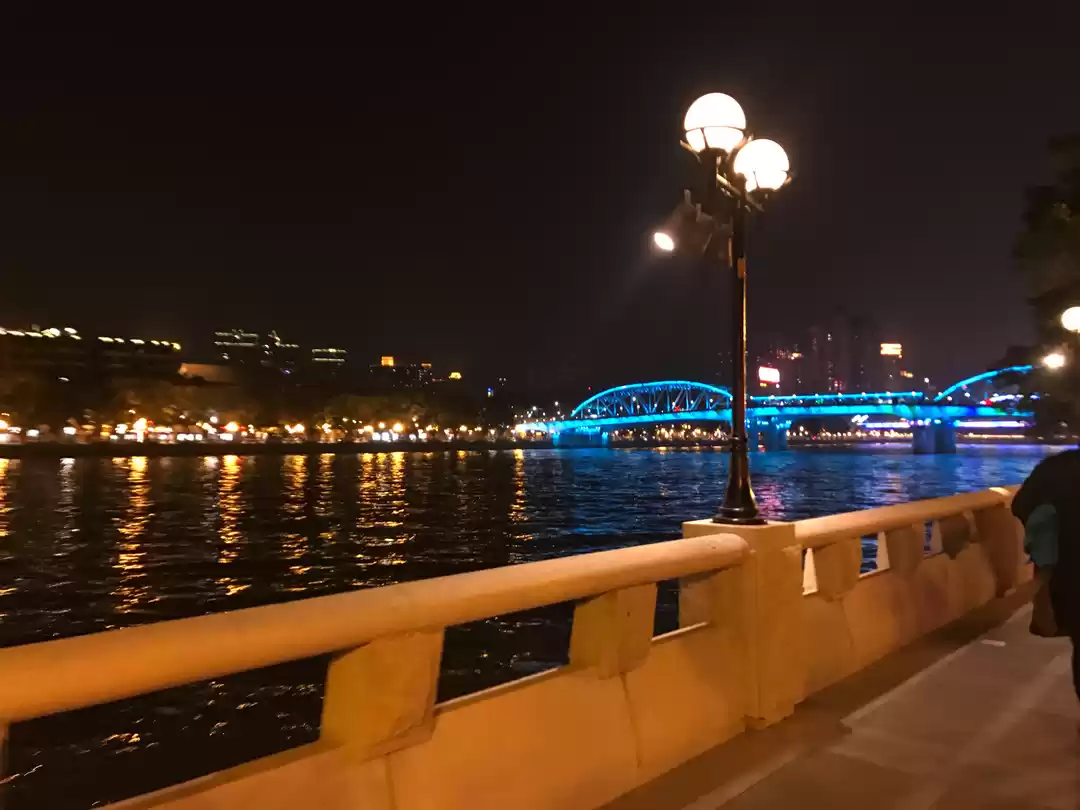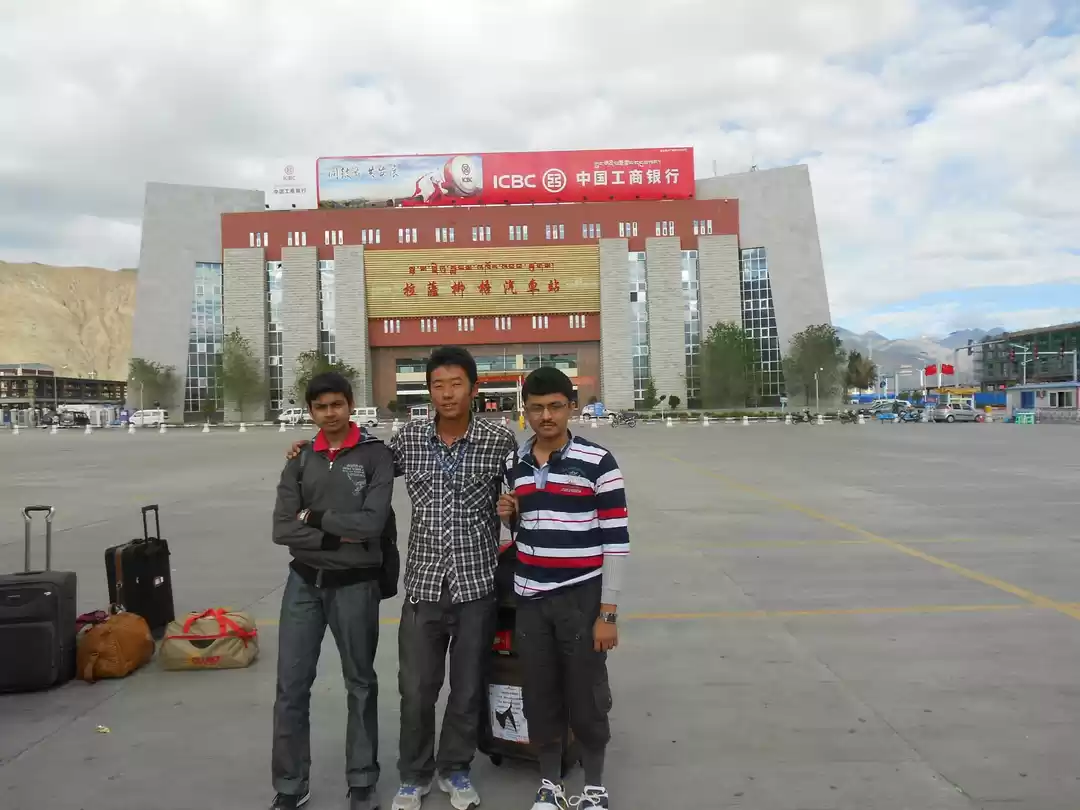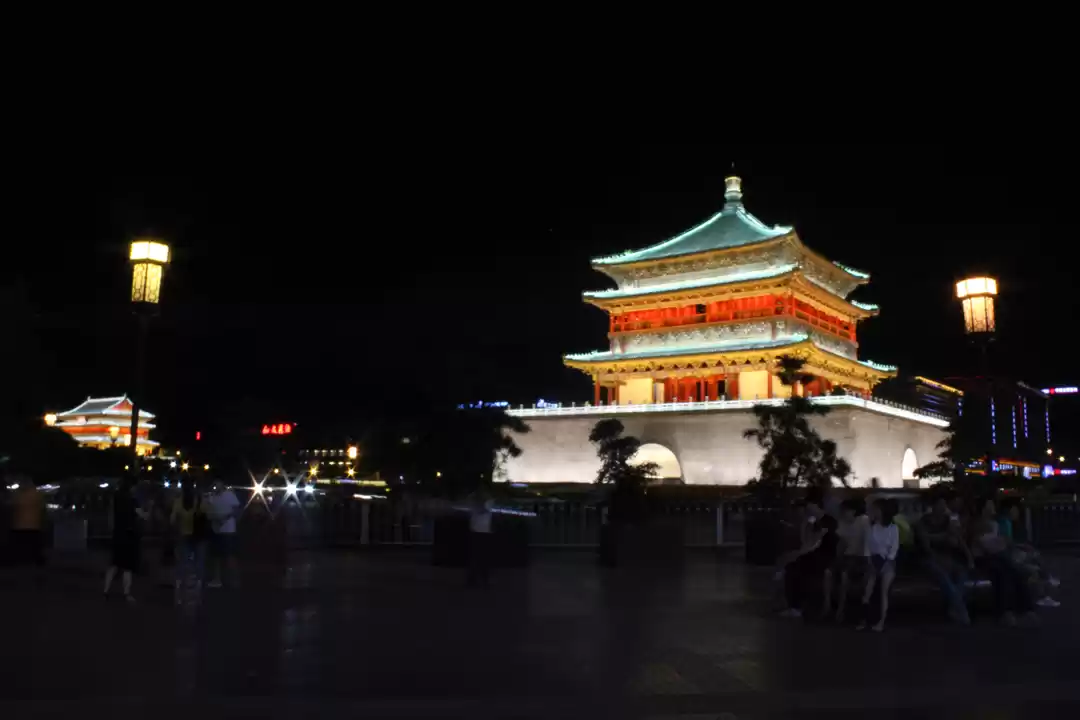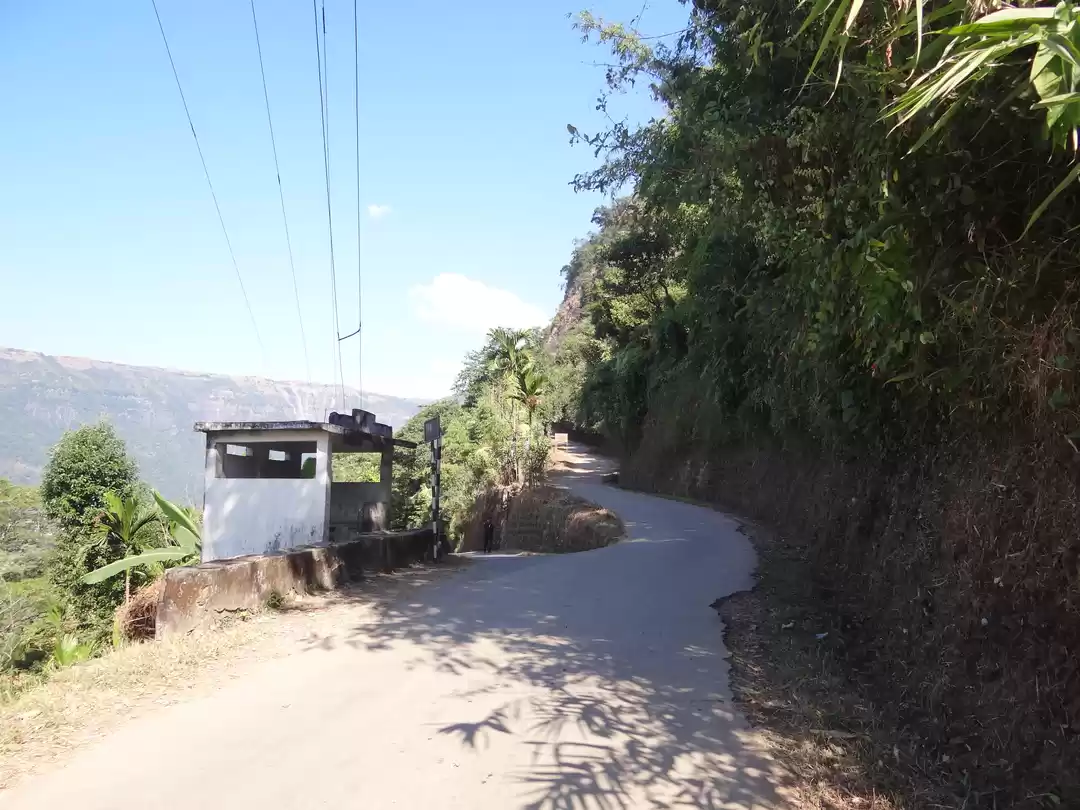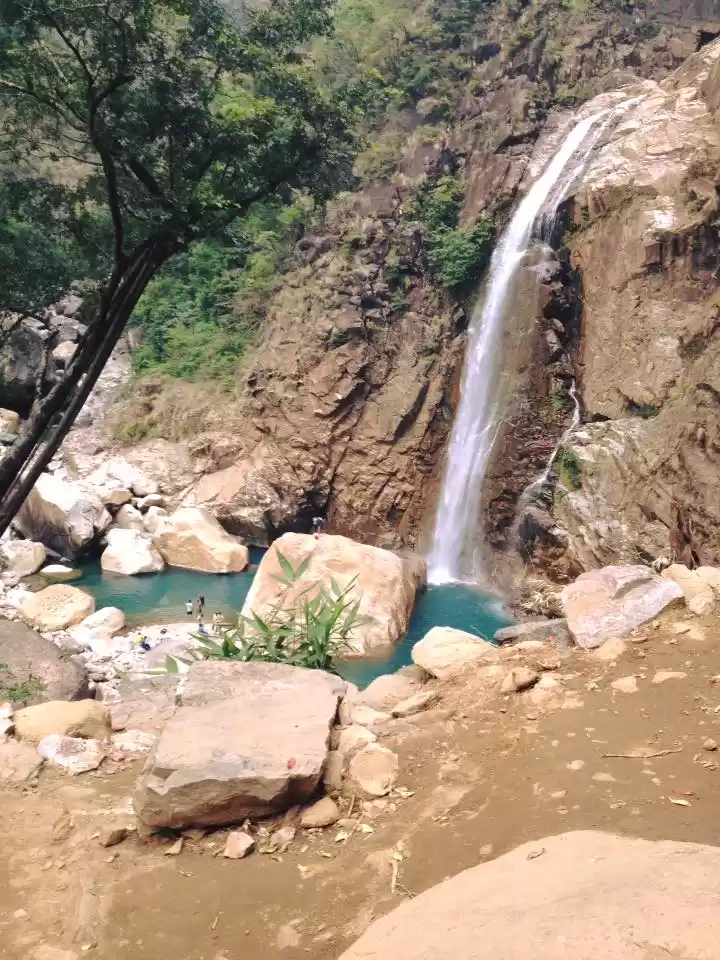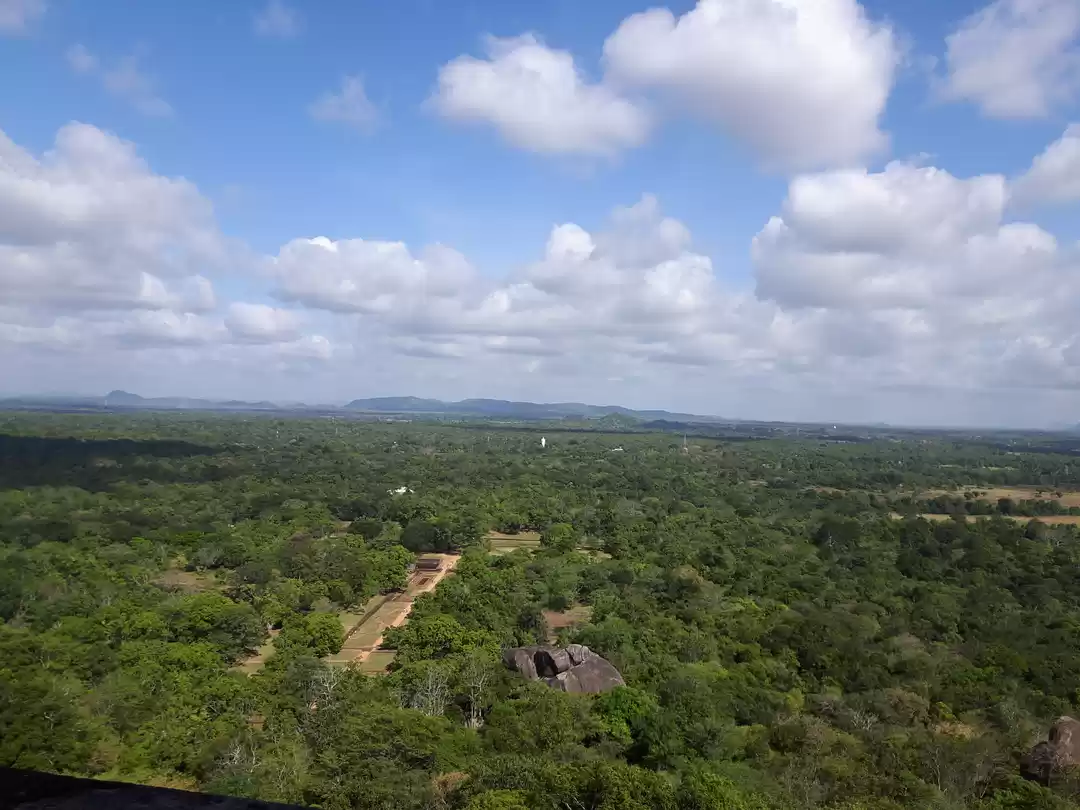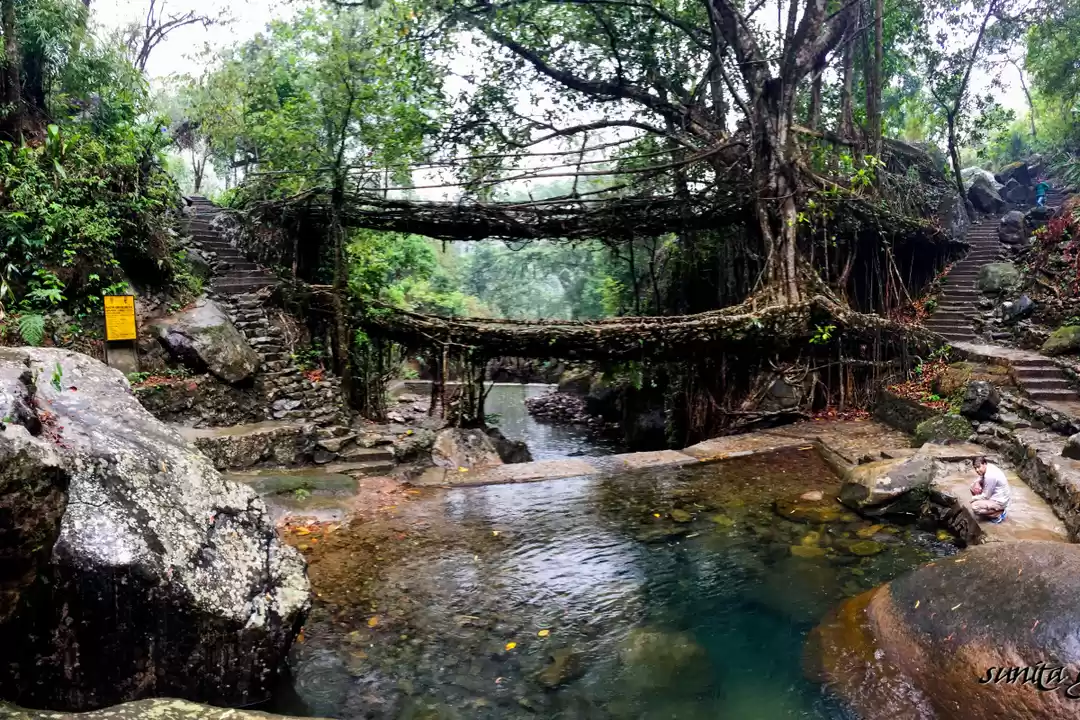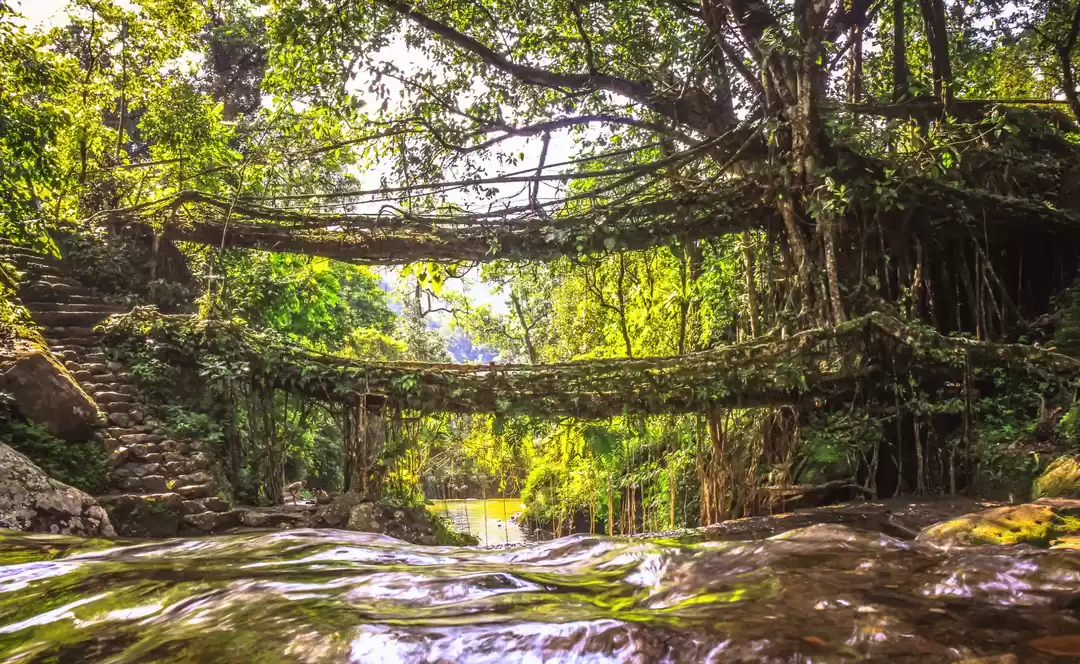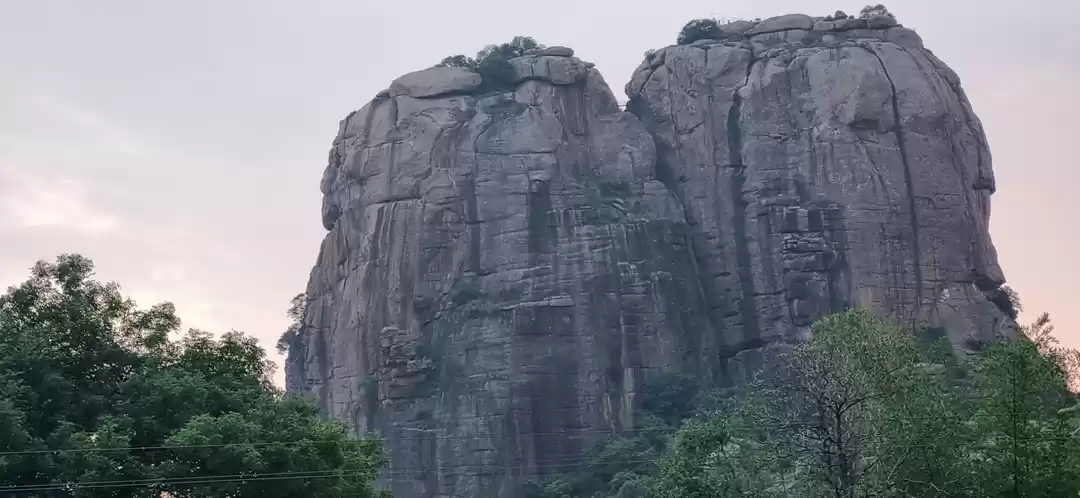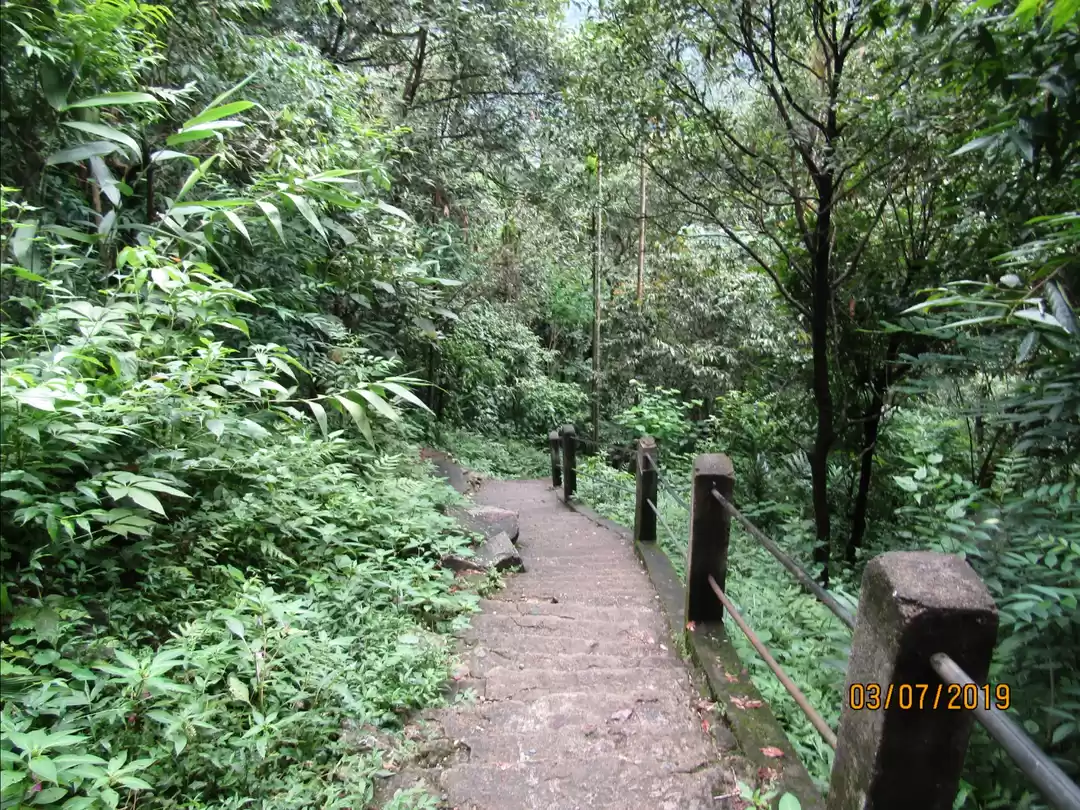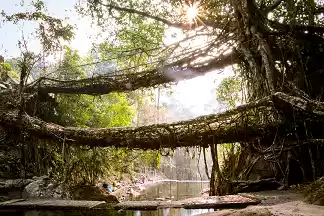








“It’s shaking,” I heard a fellow journalist say as he walked gingerly up a narrow bridge that joined two sections of the building. At least three-four other men were with him on the bridge. “Are you kidding? It’s been here for hundreds of years,” said one of the others. “No I swear, it’s shaking,” he said again.
I kept my distance. To think that we were in a 1,500-year-old temple perched on a sheer rock face, ‘suspended’ some 50 metres off the ground, was scary enough. To be on a shaky bridge with a bunch of full-grown men was not a welcome idea.
We were in a wonder of the world. Though not officially on the list of ‘wonders’, Xuankong temple in China’s Shanxi province certainly seems like one to visitors. And no matter how many adventures you have been in and how many spectacular structures of the world you have seen, it’s bound to leave you awestruck.
The colourful wooden temple — which has the distinction of being the only shrine that combines the three traditional Chinese religions — Buddhism, Taoism and Confucianism — appears to have been carved into the rocky surface of the Heng Shan (Heng Mountains). Though many believe it’s supported by scores of red-coloured wooden shafts in the front that appear to be inserted into the rocks below, in reality they happen to be only for show.
The story goes that when the temple was built — sometime around the 5th-6th centuries AD — people refused to venture inside because they thought it would comes crashing down. So, the monks had the shafts inserted so that people thought the structure had enough support.
But apparently many of the shafts don’t even go into the rock; they simply hang from the cliff, just like the rest of the temple. The only supports the temple has are apparently the cross rail and flying beam inserted into the rock. And the temple has survived so many years — and even earthquakes — only with the help of these.
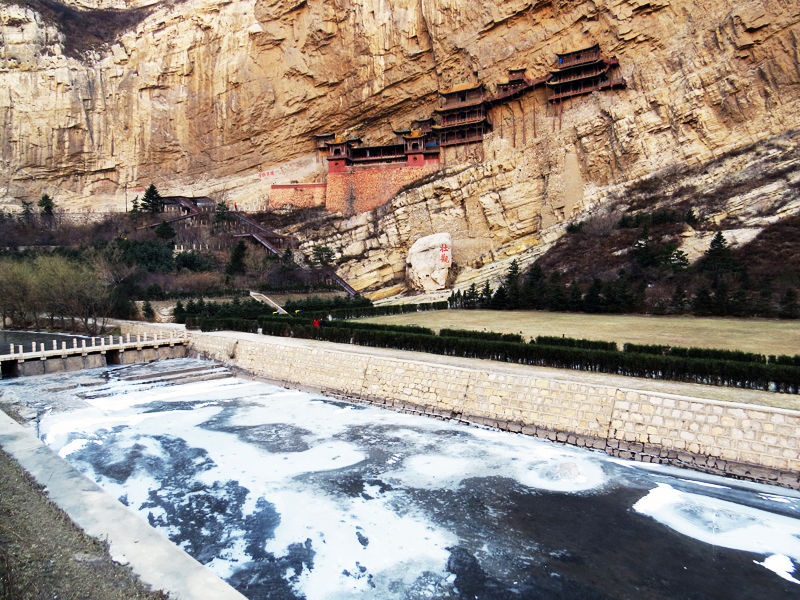
To be fair, I did not feel the bridge shaking when I walked on it later, a few paces behind the men. Many in our group hadn’t even ventured inside. First, there were some steep steps to climb, where some beat a hasty retreat. And then, the sight of the narrow, rough steps cut through the rock surface scared away a few others.
But for those who braved it, it was one incredible experience. The initial stairs lead visitors to a broad courtyard from where the steps get narrow, leading gradually up to the three tiers above. In most places the stairs or the passages aren’t wide enough to fit even two persons side by side, and in a few, barely so. And, in some sections, the steps are plated with iron, making it a very risky business if one were to slip.
I remember one such flight of stairs, probably the one leading to the second floor. There was no one behind me and the men had gone a few paces ahead. The final step, a steep one, led straight into a wall; the passage started towards my right. And, there was no handhold.
I imagined for a second that I was trekking in the mountains as usual and took the step, groping for whatever I could on the wall. Thankfully, I landed on the passage safely. I looked below and realised that had I slipped, I could have had a few broken bones, if not worse.
No wonder then that the Time magazine listed Xuankong as one of the “ten dangerous and magical buildings in the world” in December 2010. And magical it is, despite the dangers. Especially spectacular is the view of the surrounding Heng Shan that one gets from the balconies as one gets higher up the structure.
Statues are placed in niches on every floor. The interiors are semi-dark even at daytime and if you look carefully, you’ll see that the inner wall of the structure is actually the rugged rock face of the mountain. The rocks jut out from everywhere actually, and while going down, we often had to duck under the overhangs. But all of it together makes Xuankong a temple like no other.







